By Brendan Martland
Note: This article initially appeared in The Avalanche Journal, Volume 134, Winter 2024. Click here for Part 1.
Editor’s note: The article below does not represent the view of the Canadian Avalanche Association. It was published because I always enjoy a good debate on language. ~ Alex Cooper, Managing Editor, The Avalanche Journal.
WELCOME TO ANOTHER instalment of the heckler series, where we continue to discuss riveting topics such as semantics in the avalanche patch. I hope everyone is settling into their chairs, tightening up their slippers and reminiscing their enjoyable day in the slackcountry. Here we go for round two of a list of terms that are being used incorrectly (in my sarcastic opinion) in the avalanche industry.
Let’s get our heckles up!
“Beacon”
An intentionally conspicuous device designed to attract attention to a specific location. A common example is the lighthouse, which draws attention to a fixed point that can be used to navigate around obstacles or into port. More modern examples include a variety of radio beacons that can be read on radio direction finders in all weather, and radar transponders that appear on radar displays.
What’s wrong with the term “beacon” you ask? Everyone uses that term. I learned it on my RAC course (sorry youngsters, inside joke). Oh yes, there are so many options for this one. How about:
[Well educated professional]: “Can you do a beacon check please, Martland?”
[Sarcastic unprofessional heckler]: “Sure thing. I’ll start with the InReaches, Zoleos, and SPOT units, then the iBeacons, and there might be some ResQlinks in the crowd. Then the RECCO detector, and those flashing lights on people’s backpacks, and luckily the lighthouse is easy to see from here…”
In this day and age where new gadgets are flying off shelves and everything has a clever label to help make it sell, a “beacon” likely means something completely different to most people. Yes, as avalanche professionals we all know we’re talking about avalanche rescue beacons, but are we helping to clarify the issue when we use that term? Are outsiders, newcomers, and untrained future superstars getting the head start they need to thrive in the realm of avalanche rescue if they don’t even know what we’re talking about? Think of all the sad teenagers who will wake up on Christmas morning, bursting with anticipation of the one gift they really want (and need), only to unwrap a magnetic flashing orange strobe light to stick on the roof of the Toyota Tacoma they got in their stocking.
Avalanche transceivers save way more buried people than beacons. Pass it on.
“Sc” Skier-controlled
An avalanche that is deliberately initiated in a controlled manner by a person on skis or snowboard, such as ski cutting a slope, cornice, etc…
Oh, we could have some fun with this one. First of all, Sc stands for skier-controlled, not ski cut. A ski cut done well is one method of initiating a skier-controlled avalanche. Many of us in our work practices deal with a lot of uncertainty, and decisions are made based on all the data available. This is fine, it’s the nature of our job—we’re not always going to get it exactly right. That means when we assume we will initiate an avalanche in a controlled manner on skis, but we discover that in fact we misjudged it for some reason and didn’t quite execute it in a controlled manner, we can’t call it “Sc” on any of our paperwork. When I’m knocked off my feet by an avalanche and go for a tumble, I am in no way in control of it—it’s in control of me. I might even have to search for my favourite poles for 10 minutes if I’m really unlucky.
I have therefore entered the realm of the Skier Accidental (Sa). Oooooooohhhhh! Must have been an epic disaster! Not at all. This term accurately defines how the avalanche was triggered—not by a person in complete control, even though plans were made to do a ski cut and all safety protocols were followed. The avalanche was triggered accidentally at an inconvenient time, depth, or location for me. It has become an Sa, occurring during ski cutting.
[Well educated professional’s InfoEx Submission]: “Sc size 1.5 wind slab, technician went for short ride losing poles. Crown much higher on slope than expected.”
[Unprofessional avalanche heckler]: “Epic disaster covered up by changing a vowel to a consonant—an A to a C, nonetheless. Who does that?!?”
It is worth mentioning that this certainly includes Ma/Mc for sledders (Machine Accidental vs Machine Controlled) and Va/Vc for snowcat vehicle operators. It’s not just the skiers and snowboarders getting surprised out there.
Accidental triggers are very common—let’s all embrace this reality and call a spade a spade (or maybe I should say rescue shovel).
Density change
Density—a measured degree of compactness of a substance. Change—make or become different.
OK, now we’re really getting technical. This one is more for style points than anything, but it has been mentioned quite a few times on courses and, technically speaking, we’re not using the right term.
When we poke a finger in the snow at an interface and notice a difference in resistance, it’s just that: a resistance change. As hard-charging snow scientists, we should know better than to make blind assumptions that this interface is in fact a change of density between two layers. The only way to know snow density is to measure it, so get out your scales and tubes if you want to keep using this term.
Fun fact: mature, well-spaced facets may be the exact same density as the stiff wind slab above them, even though the resistances are dramatically different.
[Well educated professional]: “There’s a clean shear down 40cm at a density change.”
[Unprofessional avalanche heckler]: “That’s an interesting hypothesis, Dr. Snowflake, but keep in mind that to follow the scientific process you need concise, predictive, coherent, high-integrity data to support your assumptions. Maybe you need a density change.”
Temperature crust
Temperature—a degree of hotness or coldness measured on a definite scale. Crust—a hard outer covering or surface layer.
As you roll your eyes and yawn, consider briefly that you did in fact agree to use the well researched and fully implemented Observation Guidelines and Recording Standards for Weather, Snowpack and Avalanches. In this great little field guide to avalanche nerdiness, there are all sorts of different snow crystals, grains, and crusts that are described at length. But nowhere in the entire document is there any mention of this mysterious temperature crust I keep hearing and reading about. Why is that? Is it because there’s a better way to describe the process of metamorphism of the surface grains? Or did the Technical Committee and all those researchers just not think of it? Hard to say. It does sound valid that “a layer of grains that refreezes after having been wetted by melt or rainfall” has gone through a melt-freeze process, which would arguably make it a… melt-freeze crust!
[Well-educate professional’s InfoEx report] “Cold dry snow above 2000 m, temperature crust below this elevation.”
[Unprofessional avalanche heckler]: “Cold ones are on you buddy, I’m too crusty to care anymore.”
As we strive for perfection in our complicated profession, it is important that we at least sound intelligent when we talk about heaps of snow sliding down mountainsides. One of the first steps in this process is to use the appropriate terms that will best serve the safety of the public, the development of our profession, and my overly critical reaction to all of this blasphemy. It’s time we step it up, folks!
I’ll sign off with a favourite quote from the OG Avalanche Hunter, Monty Atwater: “I feel privileged to have been fated to play my part… and I have loved every minute of it: the triumphs, the defeats, the frustrations, the half victories, the controversies, the Hearts games, the rescues that ended in tears and those that ended in the nearest bar.”
And on that note, I’m off to the pub for some more research. Be safe, and more importantly, be correct 🙂
Do you have a response for Brendan, or want to do some heckling of your own? If so, please email acooper@avalancheassociation.ca.


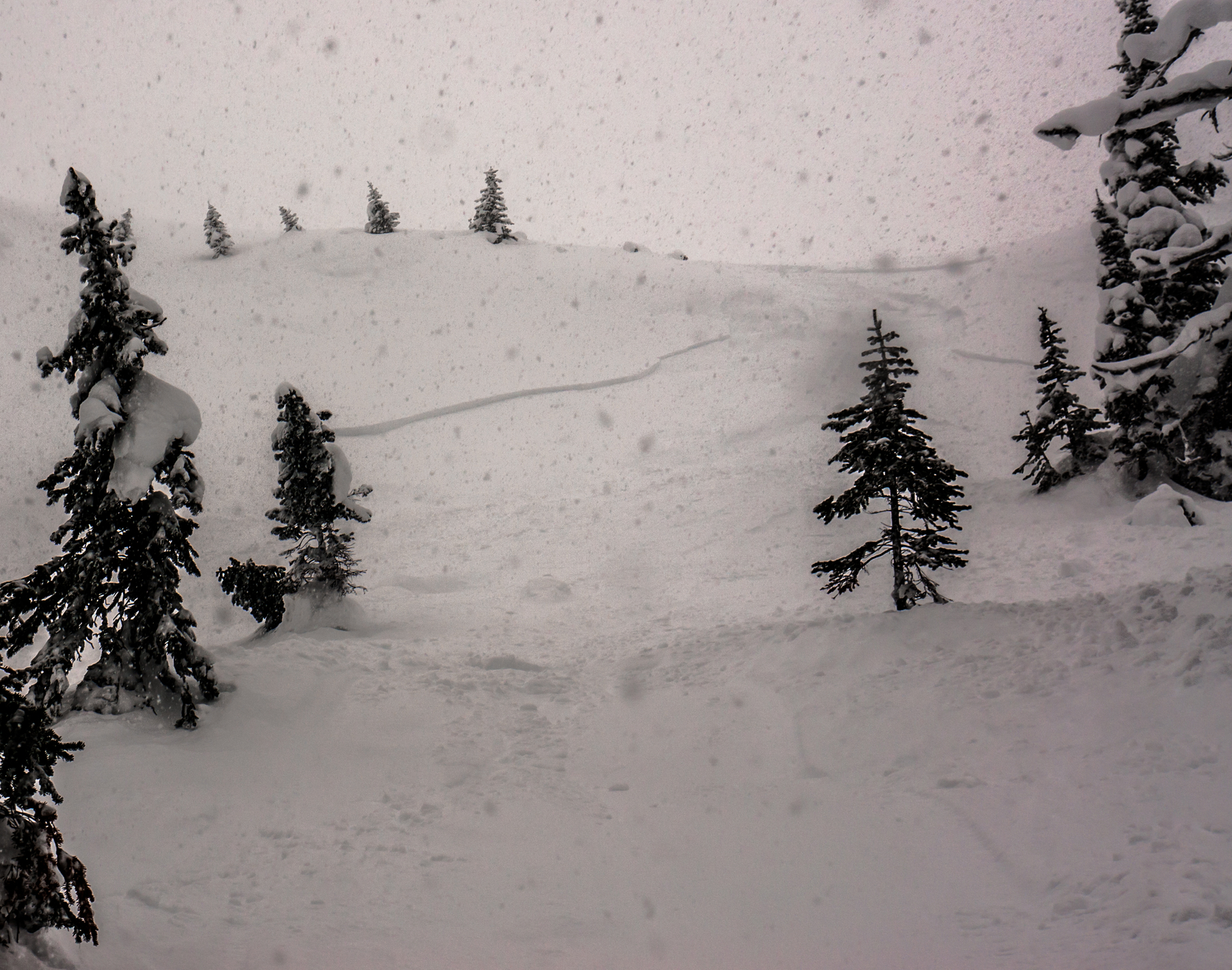
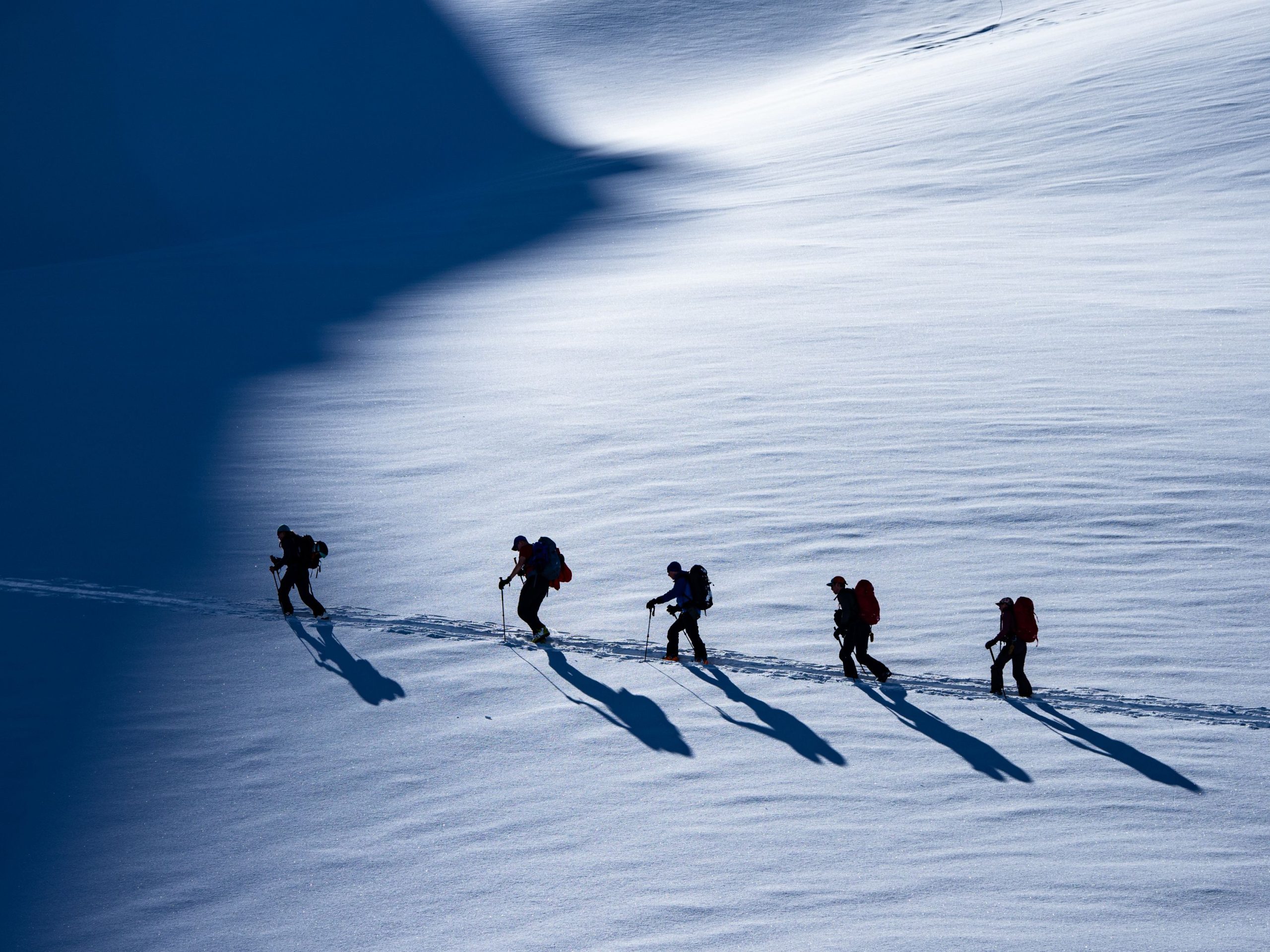
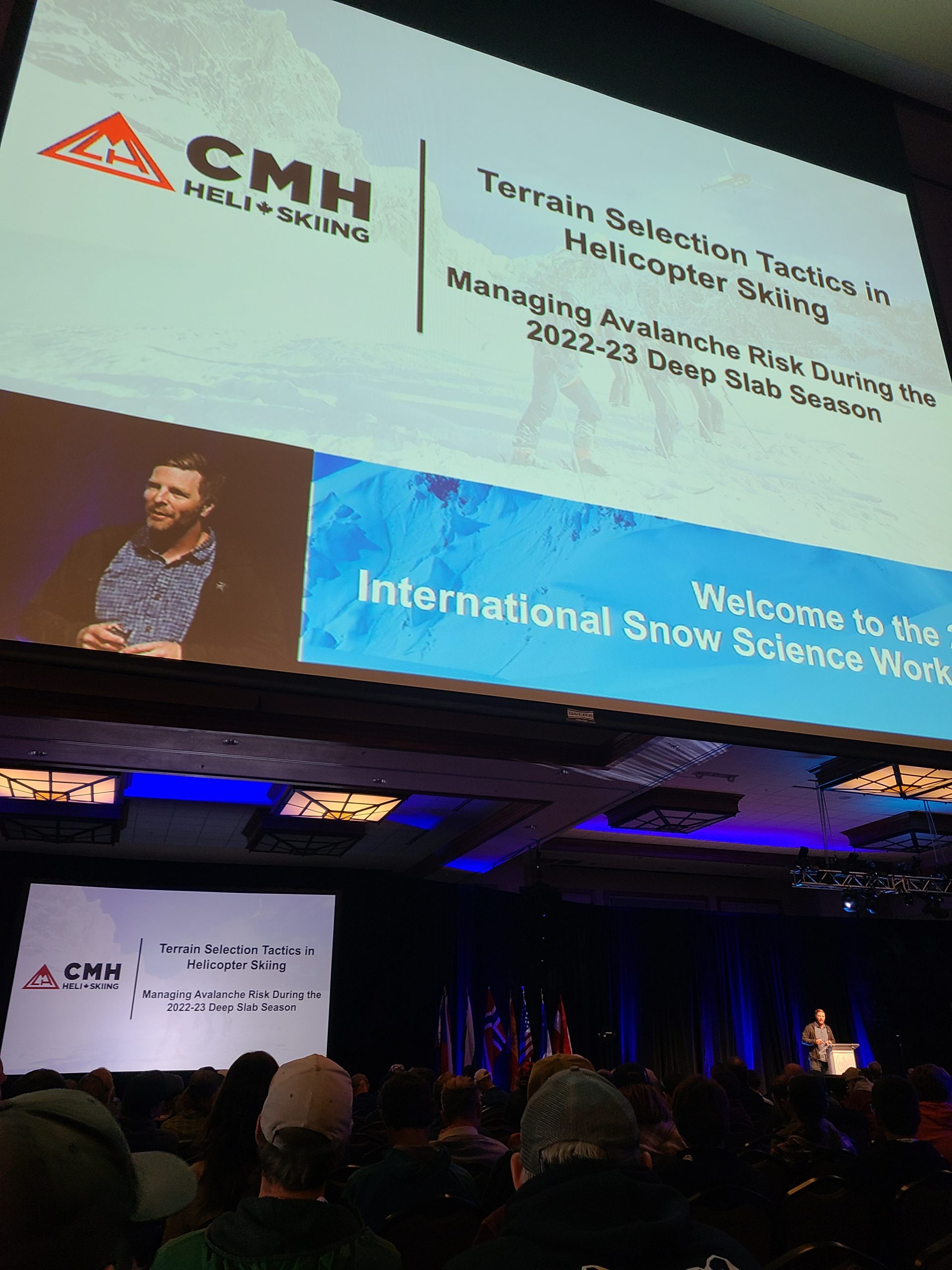
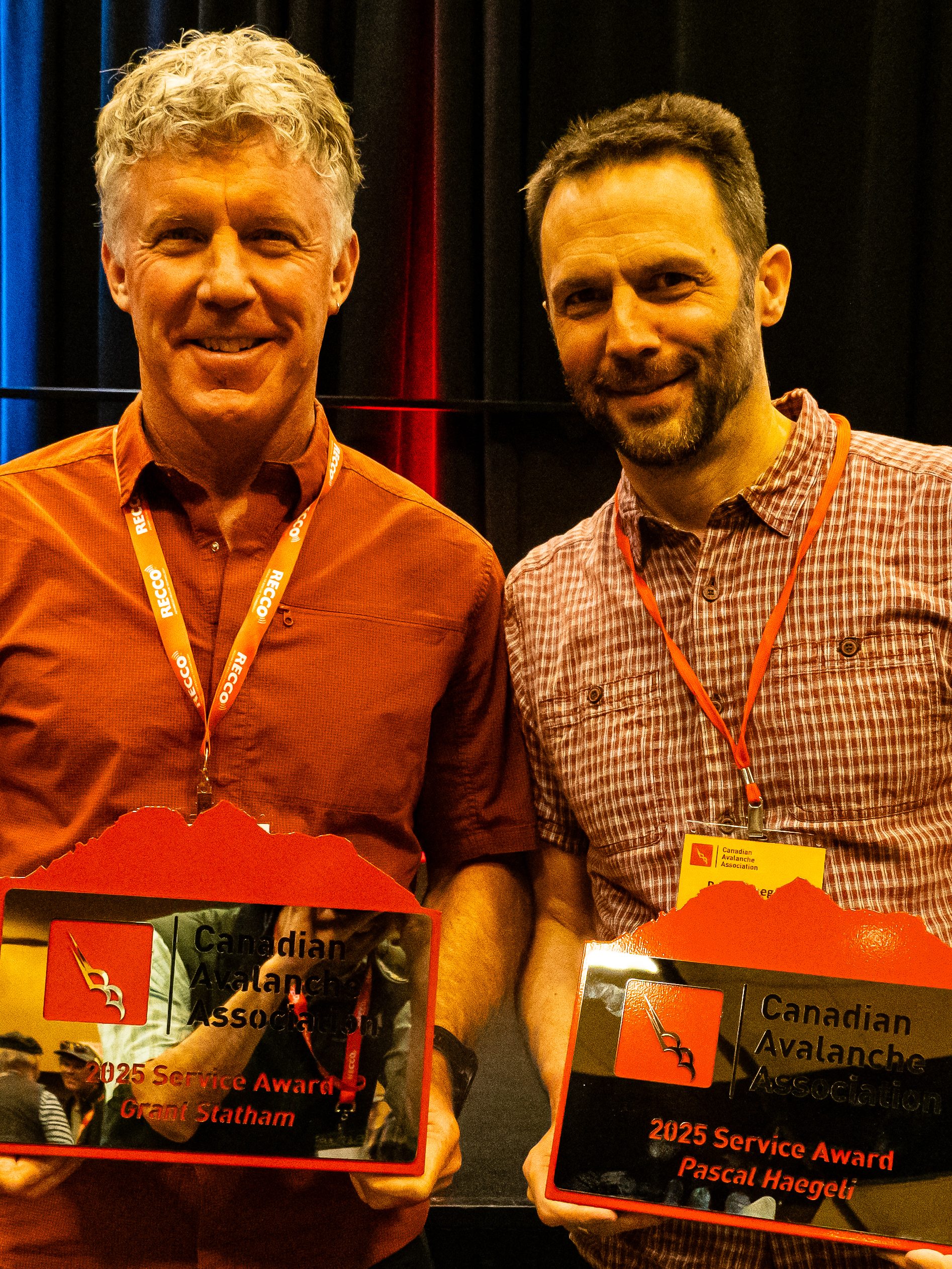
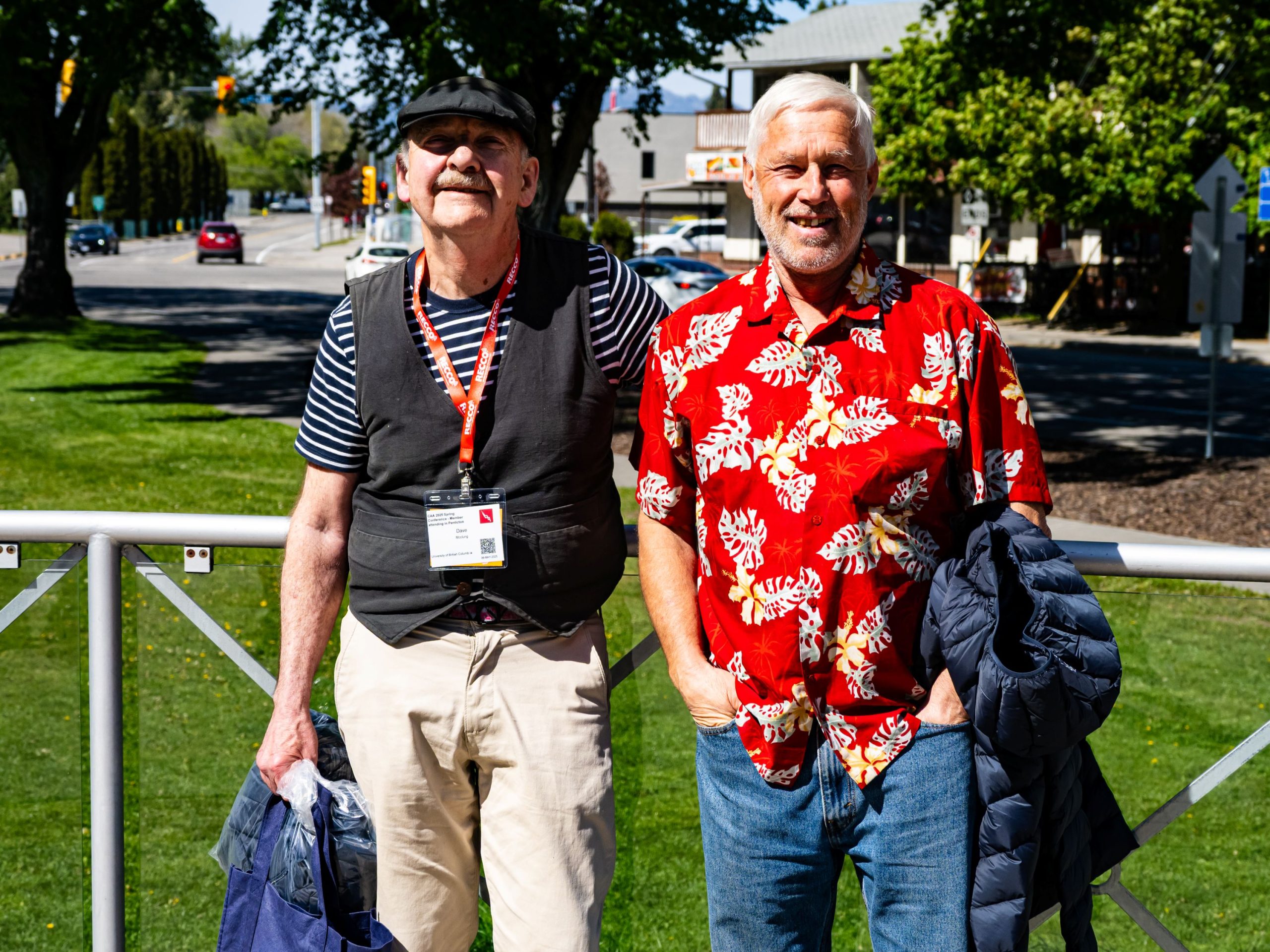
1 thought on “The Avalanche Heckler—Part 2”
Pingback: The Avalanche Heckler – Part 1 – Avalanche Journal
Comments are closed.